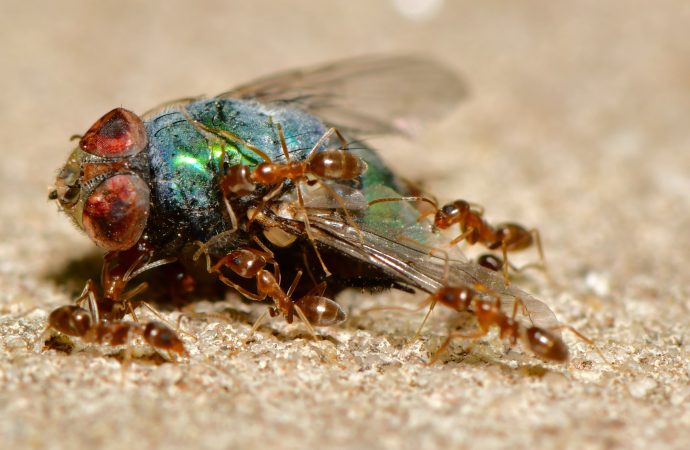Termites are fascinating creatures, and their complex social structure and behavior continue to intrigue scientists. Among the many roles played by these industrious insects, one of the most intriguing is that of the termite king. From a lowly worker to a mighty monarch, the life cycle of a termite king is a fascinating journey that
Termites are fascinating creatures, and their complex social structure and behavior continue to intrigue scientists. Among the many roles played by these industrious insects, one of the most intriguing is that of the termite king. From a lowly worker to a mighty monarch, the life cycle of a termite king is a fascinating journey that sheds light on the intricate workings of these societies.
Termite colonies are often referred to as superorganisms, with each individual playing a specific role in the overall functioning of the colony. Workers, soldiers, and reproductive castes all work together to build and maintain the nest and ensure the survival of the colony. The termite king, as the dominant reproductive individual, is the linchpin of this complex social structure.
The journey to becoming a termite king begins when a male termite hatches from an egg. These larvae are initially indistinguishable from their worker counterparts, and they spend their early days performing menial tasks like cleaning and foraging. However, as they mature, some of these larvae are selected to become alates, or winged reproductives.
Alates are critical to the termite colony’s survival, as they fly off to form new colonies and ensure genetic diversity within the population. However, not all alates are destined to become kings. Instead, the vast majority of male alates will die without ever mating, as they are quickly consumed by predators or succumb to other hazards.
Those male alates that survive have a chance to become termite kings. To achieve this status, they must first find a suitable mate. This is often accomplished during a nuptial flight, where male and female alates swarm together, searching for a mate. If successful, the male will mate with the female, and together they will start a new colony.
Once established, the male will begin his transformation into a termite king. He will grow in size and begin producing pheromones that establish his dominance over the other termites in the colony. His role as the colony’s primary reproductive individual will ensure that his genes are passed down to future generations, perpetuating the cycle of life within the termite colony.
Despite their vital role in termite societies, termite kings have relatively short lifespans, typically living for only a few years. However, during their brief reign, they exert a profound influence on the colony’s dynamics, regulating social behavior, maintaining hygiene, and ensuring the continued survival of the termite society.
In conclusion, the life cycle of a termite king is a fascinating journey that highlights the intricate workings of these superorganisms. From a lowly worker to a mighty monarch, the termite king’s journey is a testament to the complexity and adaptability of these remarkable creatures. As scientists continue to unravel the mysteries of termite behavior and social structure, there is no doubt that the role of the termite king will continue to intrigue and captivate us.

















Leave a Comment
Your email address will not be published. Required fields are marked with *